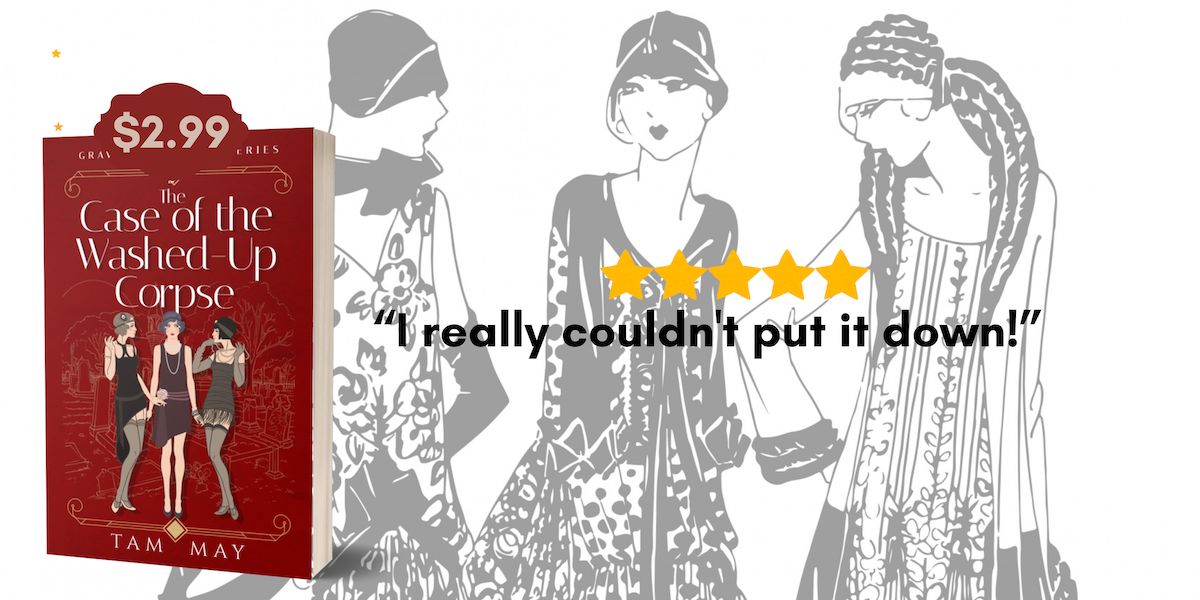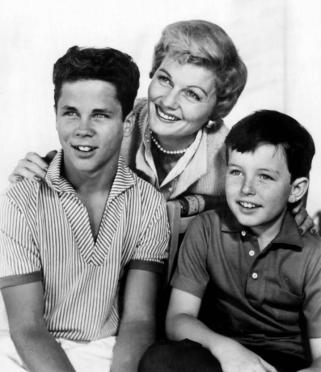
Today marks the 4-year anniversary of the publication of my historical women’s fiction short story collection Lessons From My Mother’s Life (hence the “publiversary”).
This book was a huge departure for me when I first published it in 2020. I was writing my Waxwood Series at the time, which was set in the 1890s, and I was also working on my Adele Gossling Mysteries, which is set at the turn of the 20th century. So to write stories set in the post-World War II era was a big change. It was also a book that was more personal to me than anything I had written up until that time.
A word about the title of this collection: I had some arguments with my mentor about changing it. Why? Because she felt the title was misleading. The implication of Lessons From My Mother’s Life is that the book is non-fiction stories about my mother’s life. Or that the book is true stories of other women’s mother’s lives. From a marketing perspective, she thought this would create some problems with the book reaching the right audience.
And truthfully, I did consider changing the title for this rerelease (which I had planned on doing since last year). But I decided to keep the title as it was for several reasons. First, it felt right (and authors can be very stubborn about their titles!) But second, the title originally came from the idea that the lessons the stories convey are lessons that come from my mother’s generation, though they are not lessons she overtly taught me. They are more lessons inferred from her own life, that is, her regrets and what she did that I don’t want to do. These are universal lessons mid-20th century women have to teach us, whether they are our mothers or grandmothers, or even great-grandmothers. In the stories, an older woman teaches a younger one something about life not overtly but covertly, by encouraging her to do what she couldn’t or sending the message “Don’t do what I did.”
Why am I calling this a “rerelease”? Because a few things have changed. The biggest change is the cover. When I first published the book, I created the cover because I was a struggling author whose finances were extremely limited. But over the years, thanks to all my amazing readers (those existing and those to come), I’ve been able to afford to have a professional designer do my covers. So I knew it was time for Lessons to get a makeover.
I also took the opportunity to give the book a new cover to give the stories another proofread. I’ve done this multiple times (don’t ask how many) as a way to refresh the stories and make sure they still read well. So there are some minor tweaks to most of the stories. Even if you’ve already read the book, I encourage you to pick it up again because the stories will read a bit differently than they did in the original version.
I hope you enjoy the book and have a discussion with your mother or grandmother about what her life was like so you can learn the valuable lessons her life has to teach you.
Title: Lessons From My Mother’s Life
Author: Tam May
Genres: Historical Women’s Fiction/Short Fiction
Original release date: March 29, 2020
Rerelease Date: March 29, 2024
How happy was the 1950s happy housewife?
Women in post-war America were supposed to have it all: generous husbands with great jobs, comfortable suburban homes with nice yards and two-car garages, and all the latest gadgets to make their housework easier.
The pain and horror of World War II were over. The economy was booming and America was becoming a world leader. American women were to play a role in America’s prosperity, the role they were always meant to play: supporting mothers, wives, and daughters. Theirs was a life of ease. They were the fairytale princesses with the happy ending.
The women’s magazines told them so. The advertisements for laundry detergent and TV dinners told them so. The doctors who treated their children’s colds told them so.
Women in 1950s America were sold a bill of goods about their purpose in life and their futures. Some bought it and some didn’t.
This book is about the women who didn’t.
These are not nostalgic stories about my mother’s life or your mother’s life. They dig deep into the lives of five fictional characters who knew in the back of their minds that their lives weren’t happy and they wanted something more.
Five stories. Five women. Five roads that will lead to self-identity and fulfillment.
About the Author

Writing has been Tam May’s voice since the age of fourteen. She writes stories set in the past that feature sassy and sensitive women characters. Tam is the author of the Adele Gossling Mysteries which takes place in the early 20th century and features suffragist and epistolary expert Adele Gossling whose talent for solving crimes doesn’t sit well with her town’s conventional ideas about women’s place. Tam is also working on a new series, the Grave Sisters Mysteries about three sisters who own a funeral home and help the county D.A. solve crimes in a 1920s small California town, set to release in 2025. She has also written historical fiction about women breaking loose from the social and psychological expectations of their era. Although Tam left her heart in San Francisco, she lives in the Midwest because it’s cheaper. When she’s not writing, she’s devouring everything classic (books, films, art, music), concocting yummy plant-based dishes, and exploring her new riverside town.
Social Media Links
Facebook: https://www.facebook.com/tammayauthor/
Instragram: https://www.instagram.com/tammayauthor/
Pinterest: https://www.pinterest.com/tammayauthor/
Amazon Author Page: https://www.amazon.com/Tam-May/e/B01N7BQZ9Y/
BookBub Author Page: https://www.bookbub.com/authors/tam-may
Goodreads Author Page: https://www.goodreads.com/author/show/16111197.Tam_May
Are you into fun and engaging mysteries set in the past? Love sassy but sensitive women characters defying the social conventions of their time? Then you’ll enjoy The Missing Ruby Necklace! It’s available exclusively to newsletter subscribers here. By signing up, you’ll also get news about upcoming releases, enlightening anecdotes about women’s history, classic true-crime tidbits, and more!







